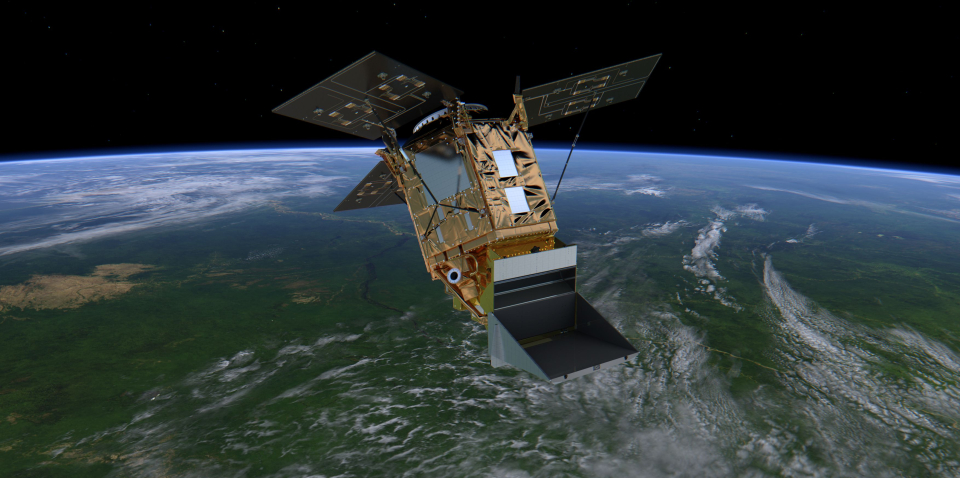Publié le 16 novembre 2022
Methane is a powerful greenhouse gas and the second biggest driver of global warming. It effectively absorbs heat from the sun, more so than carbon dioxide, and contributes significantly to the warming of the atmosphere. As a result, there is a growing demand to track and regulate methane emissions.
According to the Intergovernmental Panel on Climate Change, we must cut methane emissions at least 30% by 2030 – the goal of the Global Methane Pledge – to keep the 1.5°C temperature limit within reach.
MARS is the first global system providing rapid, actionable and transparent data on methane emissions thanks to satellites. These data will be then made available to policymakers, businesses and the general public. Using state-of-the-art satellite data, including data from the Copernicus Sentinel-5P satellite, it will identify major methane emission events, notify relevant stakeholders, and support and track mitigation progress.

Monitoring air quality
“Copernicus Sentinel-5P is currently the only satellite providing methane measurements daily and at a global scale. I am beyond thrilled to see Sentinel-5P data playing such a large role in the MARS initiative,” commented Claus Zehner, Copernicus Sentinel-5P, Altius and Flex Missions Manager at ESA.
Sentinel-5P carries the state-of-the-art Tropomi instrument which maps a multitude of trace gases. Aside from methane, these include nitrogen dioxide, ozone, formaldehyde, sulphur dioxide, carbon monoxide and aerosols – all of which affect the air we breathe and therefore our health, and our climate. With a swath width of 2600 km, the satellite maps the entire planet every day.
Source:
Sentinel-5P data used in new methane detection system. (n.d.). https://www.esa.int/Applications/Observing_the_Earth/Copernicus/Sentine…